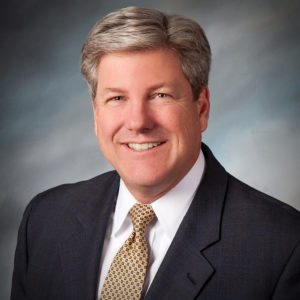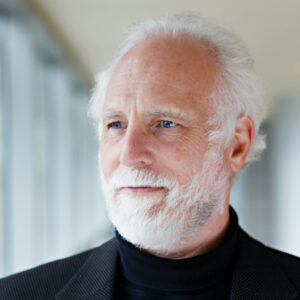Originally published in Financial Advisor Magazine
By Greg Bresinger, 19 September 2016
The advisory industry has “a cloud over it.” There’s also a lot of “terrible advice” that serves the needs of firms, not individual clients, who often aren’t aware of how they are hurt.
Those were some of the comments of advisory industry critics on Monday in Manhattan who said financial professionals should commit to a new rigorous code of conduct to ensure investors understand what they are charged and the potential conflicts of interest.
Knut Rostad, president and founder of the Institute for the Fiduciary Standard, and longtime personal finance journalist Jane Bryant Quinn, made those comments at an Institute for the Fiduciary Standard news conference. They added that the public perception of the advisory industry has yet to recover from the market crash of 2008.
Quinn, who has written about personal finance for decades, said she has felt at times that she “was wasting her time” calling for reforms in the advisory industry. She complained that many advisors were making recommendations to meet quota instead of in the best interests of the client. That leads many investors to become wary of the industry.
“Regrettably, when it comes to the advisory industry, many investors view finance and financial advisors in a dim light,” added former Securities and Exchange Commissioner Luis Aguilar, who participated via phone.
“We have an investor distrust problem,” Rostad added.
How should the industry be reformed?
Aguilar and the others at the news conference called for financial professionals to adopt the Institute’s 12 Best Practices: A Professional Code of Conduct.
The first of the institute’s proposed 12 practices calls for the advisor to “Affirm the fiduciary standard under the Advisers Act of 1940, common law, and, if applicable, ERISA and DOL’s COI Rule, govern all professional advisory client relationships at all times.”
Institute officials also raised questions over whether electronic disclosure expense requirements are now sufficient. They said that, at times, clients are confused by trying to figure out what they were paying by visiting a website. They called for advisors to “provide a written statement of total fees and underlying investment expenses paid by the client, including any payments to the advisor or the firm or related parties from any third party resulting from the advisor’s recommendations.”
Rostad argues the average investor wants these, new, stronger standards.
“These best practices are for the world of 2016, where investors demand more from financial advisors,” Rostad said. He said the Institute’s code is “more rigorous” than any other industry code. For example, he said the institute’s code discloses any advisor conflict of interest and how it will be corrected.
These standards, added Brian Hamburger, CEO of MarketCounsel and counsel to the Institute’s Best Practices Board, will provide practical guidance to investment advisors. He added the higher standard will be a key factor in the advisor gaining the client’s trust.
“We have reached a critical point where clients are looking for more clarity on what they can expect from their advisor. And if I were a client, I would want my advisor adhering to the Best Practices,” Hamburger said. “They just don’t raise the bar; they follow sound business logic.”


